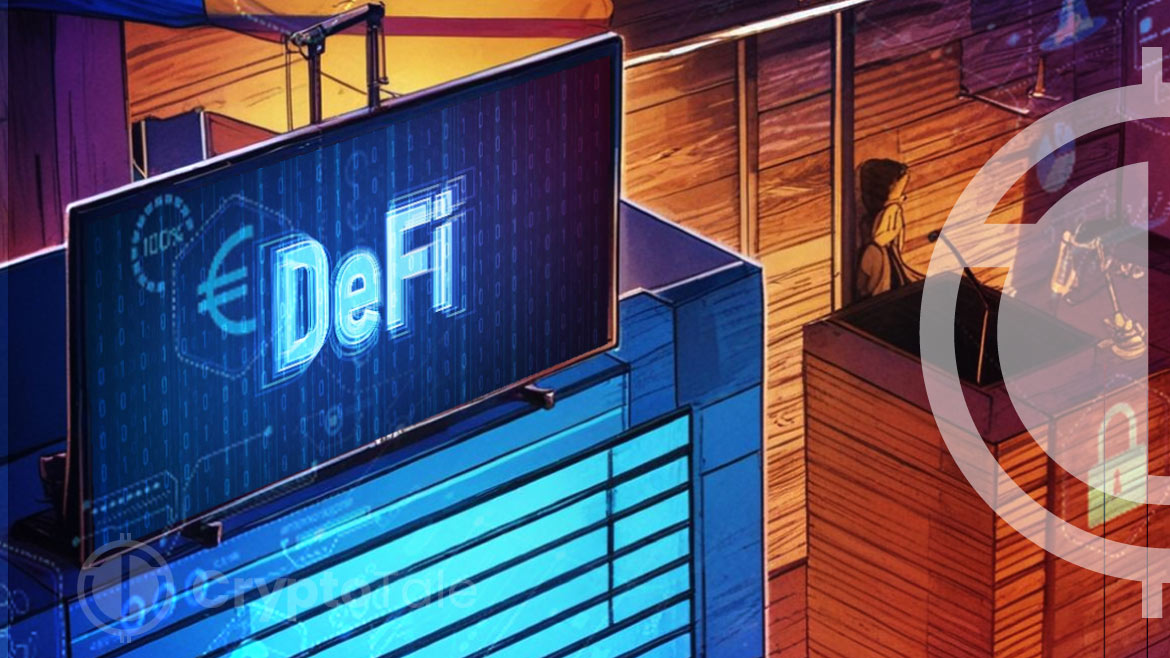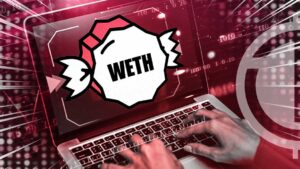
In recent years, the world has witnessed a groundbreaking revolution with the rise of Decentralized Finance (DeFi), which is redefining the way transactions are conducted. DeFi opens the world where individuals can trade, lend, borrow, and invest without being confined to the methods employed by centralized institutions. This article gives a clear description of DeFi and its mechanism.
What is Decentralized Finance (DeFi)?
Decentralized Finance, or DeFi for short, is an umbrella term for applications and projects built on the public blockchain. These projects leverage blockchain technology, such as smart contracts and peer-to-peer protocols, to replace traditional methods in the financial world. This means with DeFi, users can lend, borrow, earn interest, trade assets and derivatives, and more, all without the need for a centralized authority like banks and institutions. Furthermore, compared to the time it takes for paperwork to go through and the various costs associated with it, DeFi is a lot faster and cheaper.
Although DeFi is an emerging technology compared to well-established traditional financial services, it is gaining popularity due to its various benefits. These include enhanced speed, security, and reduced reliance on centralized entities. At present, most of DeFi is based on the Ethereum blockchain.
History of DeFi
It all began with the launch of Bitcoin in 2009 because it not only marked the launch of the first cryptocurrency but also showed the world the applications of blockchain technology. In 2013, Vitalik Buterin proposed Ethereum and launched it in 2015. The new blockchain introduced advanced features like smart contracts, which are self-executing contracts with the terms of automated trustless financial transactions. These features allowed developers to build and host various applications other than cryptocurrencies on the Ethereum blockchain.
The real birth of DeFi projects was in 2017 when the first wave of DeFi projects leveraging Ethereum’s smart contract was launched. It was also at this time that Initial Coin Offerings (ICOs) increased in popularity. With ICOs to fund the project, the development of DeFi took off.
Some of the popular DeFi applications launched around that time included MakerDAO, a lending protocol that allows users to borrow crypto and earn interest from it. Aave is a lending platform with a feature called “flash loans;” they are rapidly executed loans that need to be paid back quickly. The major advantage of this protocol is that it doesn’t need collateral. Another protocol is called Uniswap, which is a peer-to-peer decentralized exchange designed to trade tokens on the Ethereum blockchain.
The year 2020 is often referred to as DeFi summer because it saw explosive growth in total value locked (TVL), rising from $1 billion to more than $13 billion in just over a year. Furthermore, it continued to grow rapidly in the following years with the innovation of new protocols like decentralized insurance, cross-chain interoperability, synthetic assets, and more.
Uniswap Labs Urges SEC to Reconsider DeFi Rulemaking Post-Supreme Court RulingHow Does DeFi Work?
Decentralized Finance operates through dApps built on the public blockchain like Ethereum. These applications use smart contracts to automate financial transactions when the set conditions are met without the need for centralized authorities like banks. Furthermore, all transactions are recorded on the distributed ledger, which is secure, transparent, and immutable.
First, users need a crypto wallet to interact with the DeFi protocols. The wallet can either be custodial, like the Coinbase wallet, or non-custodial, like Metamask or Trust wallet. Then, users need to connect their wallet to the decentralized application(dApp) and finish their transactions.
For example, if you want to trade cryptocurrencies on platforms like Uniswap, you first need to connect your wallet to the decentralized exchange. Then, the next step is to add liquidity to the exchange from your wallet, and once you have added the token, it will become a part of the Uniswap liquidity pool. Now, users can trade your token by swapping it with another token.
On the other hand, if you want to lend assets on platforms similar to Aave, you need to connect your wallet to the platform. Once connected, choose the amount you wish to lend and approve the transaction. The smart contract locks your assets in the protocol, and you will earn interest based on the amount of locked assets. The interest rates are based on the supply and demand for the assets within the protocol, which means they usually vary a lot. Furthermore, for any kind of transaction or withdrawal, a gas amount needs to be paid.
When it comes to governance, DeFi protocols are governed by their communities through their governance tokens, which are different from other applications in the blockchain. Users holding these tokens can participate in and vote for proposals that affect the protocol’s development and operations.
Donald Trump Jr. Reveals New DeFi Platform, Not A MemecoinWhat Are the Risks Associated With DeFi?
- Despite the lack of rules and regulations, DeFi has thrived for a long time. However, there is also a long-standing issue which is no recourse if something goes wrong. If a transaction goes wrong in centralized finance, you can complain to the bank, and there is a possibility of refunds. But, in DeFi, there is no one to complain to.
- Although it is impossible to alter the records in the blockchain, hackers can still access DeFi applications through vulnerabilities in smart contracts and steal funds.
- DeFi mostly operates in unsupervised areas, and investors need to be aware of increasing scrutiny from governments and regulatory bodies.
- Though most DeFi protocols claim to be decentralized, some of them rely on centralized entities for certain functions.
- Often, most governance tokens are held by a few large holders, leading to a concentration of power in their hands. These holders control the decision-making power, and their influence may lead to decisions that do not benefit the community.
Conclusion
Decentralized Finance (DeFi) represents a significant shift in the financial landscape, offering users the ability to engage in financial activities without relying on traditional intermediaries like banks. By leveraging blockchain technology and smart contracts, DeFi provides enhanced speed, security, and transparency, making financial services more accessible and efficient. However, DeFi also comes with risks, such as smart contract vulnerabilities, regulatory uncertainties, potential for centralized governance, and more. As DeFi continues to evolve, it has the potential to disrupt traditional finance, but users must remain vigilant and informed about the associated risks.














